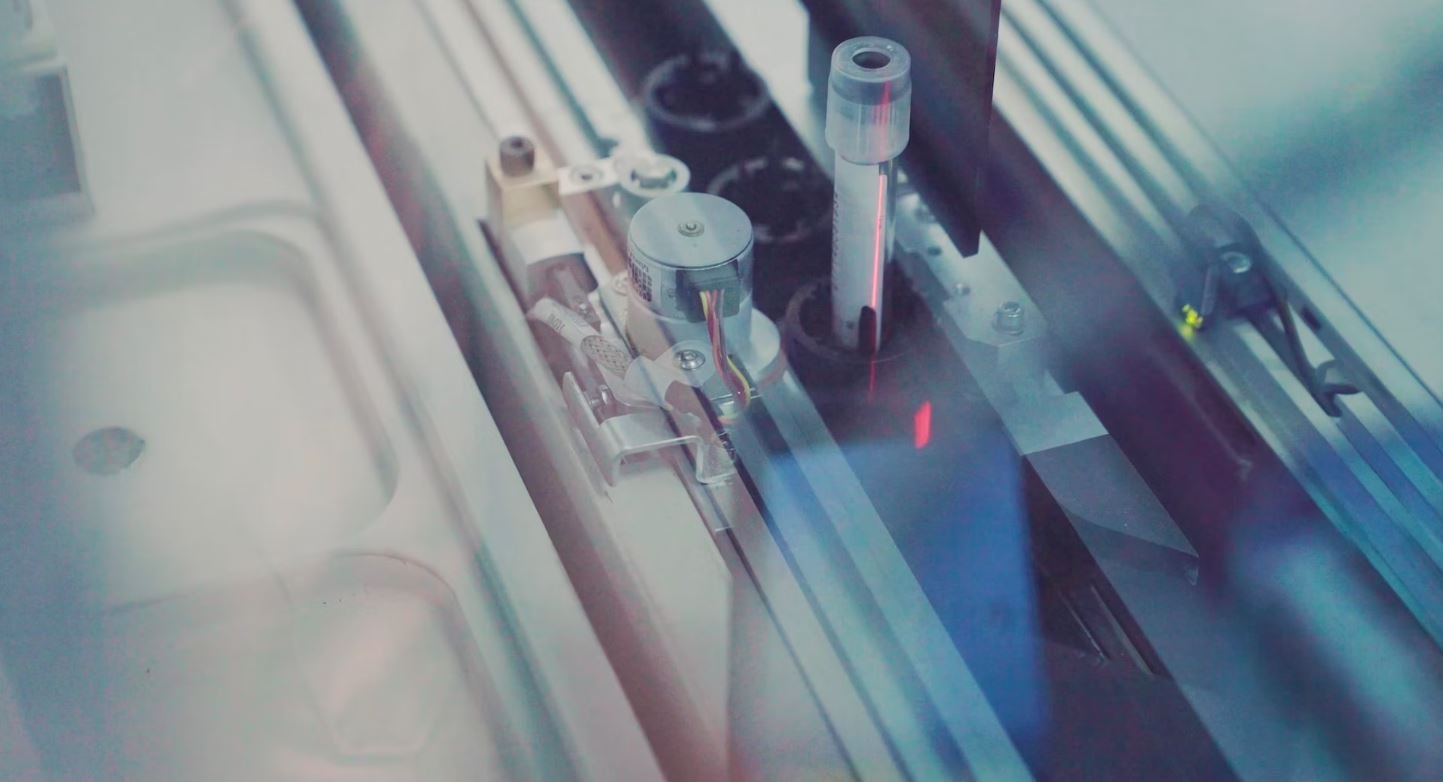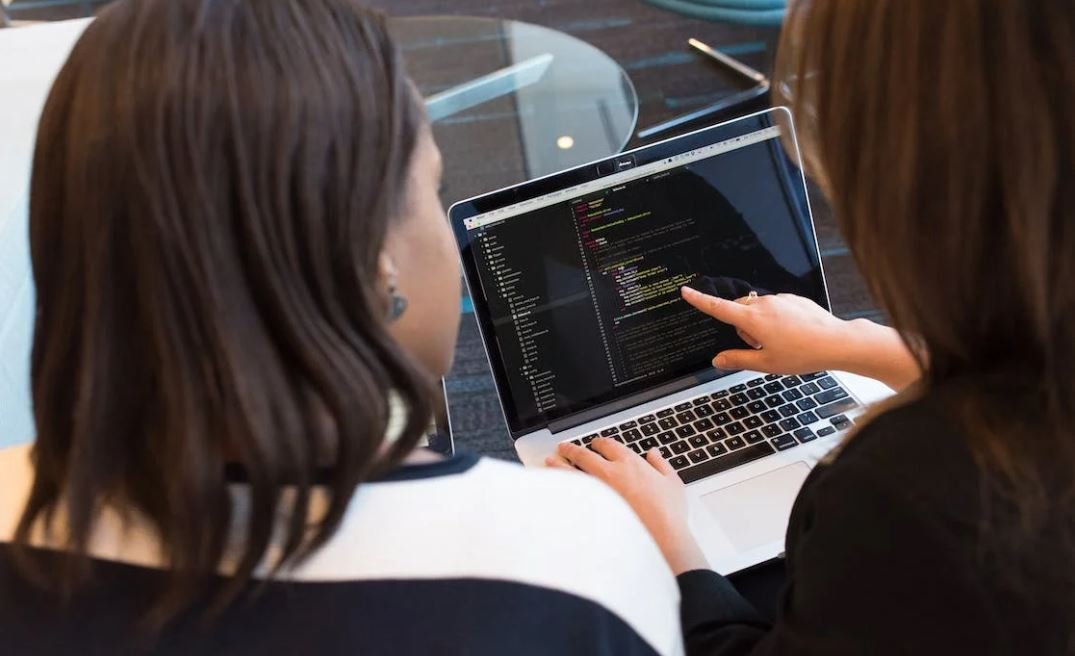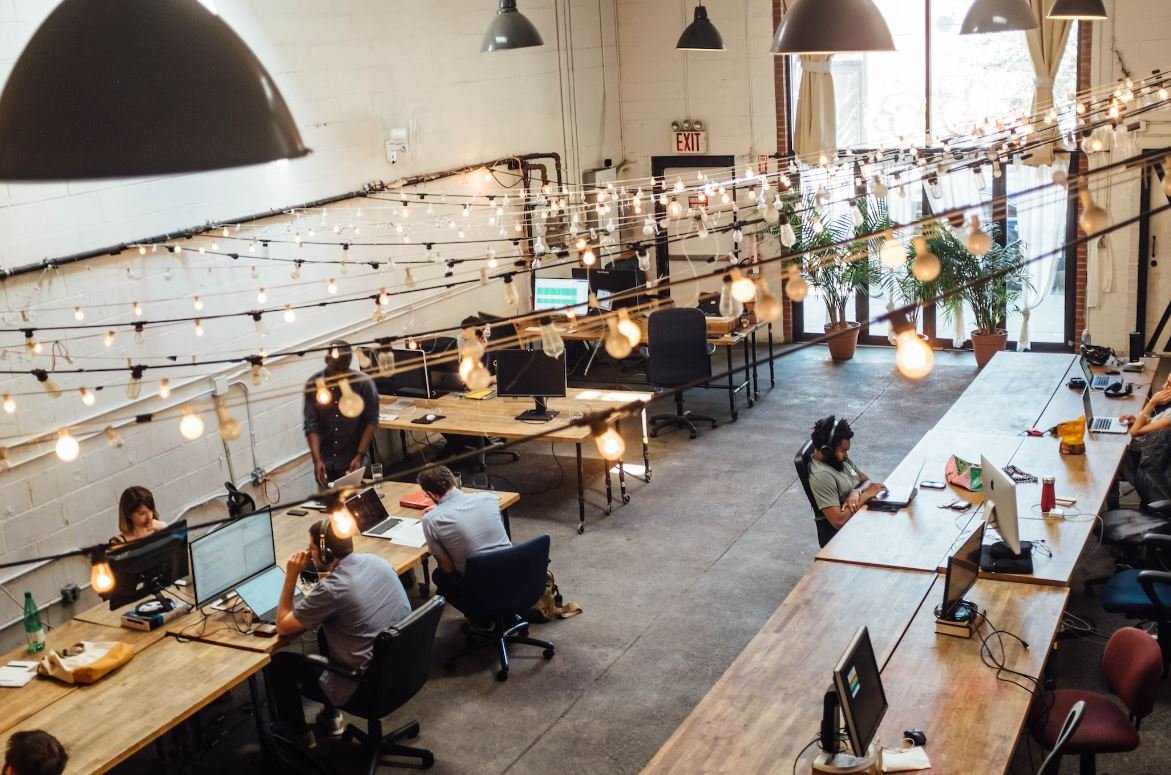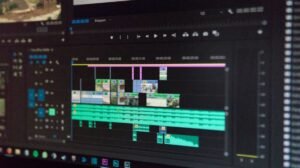**Introduction**
Ai Weiwei is a renowned Chinese artist, activist, and critic whose work transcends various mediums, including sculpture, installation, photography, film, and architecture. Known for his thought-provoking pieces and outspoken political activism, Ai Weiwei has made a significant impact on the global art scene. In this article, we will explore his background, influential pieces, and the key themes that define his work.
## Key Takeaways
– Ai Weiwei is a prominent Chinese artist, activist, and critic.
– His work encompasses sculpture, installation, photography, film, and architecture.
– Ai Weiwei’s art challenges political and cultural boundaries.
– He uses his platform to advocate for social justice and human rights.
– His work often reflects his personal experiences and struggles.
**Early Life and Background**
Born on August 28, 1957, in Beijing, Ai Weiwei grew up during a period of immense political and social change in China. His father, Ai Qing, was a renowned poet and intellectual, who was persecuted during the Cultural Revolution. Influenced by his father’s experiences, Ai Weiwei developed a strong sense of individualism and a desire to challenge authority through his art. *His upbringing greatly shaped his art and activism.*
**Artistic Influences and Controversial Beginnings**
Ai Weiwei’s early exposure to Western art and culture played a significant role in shaping his artistic vision. During the 1980s, he lived in the United States for over a decade, studying at the Parsons School of Design in New York City. Here, he became familiar with the works of influential artists such as Marcel Duchamp and Andy Warhol. *His exposure to Western art expanded his horizons and challenged traditional Chinese artistic norms.*
Upon returning to China, Ai Weiwei became an active participant in the Beijing art scene and co-founded the art group called the ‘Stars,’ which was known for its avant-garde exhibitions. This early involvement marked the beginning of his controversial relationship with the Chinese authorities, as many of their artworks challenged government policies and societal norms. *Weiwei’s activism and art immediately pushed boundaries and garnered attention.*
**Themes in Ai Weiwei’s Art**
Ai Weiwei’s art often explores themes of political oppression, freedom of expression, and human rights. His pieces serve as powerful social critiques, challenging and provoking viewers to question the status quo. Here are some recurring themes in his work:
1. *Government Critique*: Ai Weiwei repeatedly criticizes the Chinese government’s policies and actions through his art, such as his infamous piece “Dropping a Han Dynasty Urn.”
2. *Cultural Heritage*: He addresses the preservation of cultural heritage in his work, emphasizing its importance and the need to protect it in the face of globalization.
3. *Migration and Displacement*: Ai Weiwei sheds light on the plight of refugees and migrants, often through large-scale installations depicting their struggles and the human cost of migration.
**Influence, Recognition, and Activism**
Ai Weiwei’s art has achieved worldwide recognition, with his works exhibited in major museums and galleries globally. Despite facing significant obstacles and government censorship in China, his unwavering commitment to social issues and human rights has made him an influential figure within and beyond the art world. *His activism has sparked conversations and inspired others to stand up for what they believe in.*
## Tables: Ai Weiwei’s Art Installations
| Art Installation | Year | Location |
|————————–|——|—————————|
| Sunflower Seeds | 2010 | Tate Modern, London |
| S.A.C.R.E.D. | 2013 | Venice Biennale, Venice |
| Forever Bicycles | 2011 | Taipei Fine Arts Museum |
## Tables: Ai Weiwei’s Awards and Recognitions
| Award | Year |
|————————————————-|——|
| Honorary Degree of Doctor of Laws | 2012 |
| TIME 100: Most Influential People | 2011 |
| Amnesty International Ambassador of Conscience Award | 2015 |
## Tables: Ai Weiwei’s Films
| Film | Year | Description |
|——————-|——|———————————————————————|
| Human Flow | 2017 | A documentary on the global refugee crisis and its impact |
| Never Sorry | 2012 | A documentary exploring Ai Weiwei’s life and activism |
| Beijing 2003 | 2003 | A film reflecting on Ai Weiwei’s relationship with Beijing authorities |
**Impact and Legacy**
Ai Weiwei’s contributions to the art world and his unwavering advocacy for social justice have left an indelible impact on both Chinese society and the global art community. His art continues to inspire and provoke, challenging the status quo and pushing boundaries. *Ai Weiwei’s enduring legacy is a testament to the power of art as a tool for change and a voice for the voiceless.*
In conclusion, Ai Weiwei’s artistic journey and activist endeavors have made him a global icon who inspires others to question authority, challenge societal norms, and stand up for what they believe in. Through his powerful art and unwavering commitment to social justice, Ai Weiwei has become a catalyst for change, leaving an indelible mark on the world.

Common Misconceptions
Misconception 1: Ai Weiwei is just an artist
One common misconception about Ai Weiwei is that he is only an artist. While it is true that he is renowned for his contemporary art creations, Ai Weiwei is also an architect, filmmaker, and social activist. His diverse range of talents and interests expands beyond the art world, enabling him to address important social and political issues through various mediums.
- Ai Weiwei is also an outspoken critic of the Chinese government.
- He co-designed the Bird’s Nest Stadium for the 2008 Beijing Olympics.
- Ai Weiwei’s documentary films have received international recognition.
Misconception 2: Ai Weiwei’s art is only about China
Another common misconception is that Ai Weiwei‘s art predominantly focuses on China and its politics. While he is indeed known for his critical observations of the Chinese government and Chinese society, his works also explore universal themes such as freedom of expression, human rights, and political activism. Ai Weiwei‘s art transcends national boundaries, resonating with audiences globally.
- His works often address human rights issues on a global scale.
- Ai Weiwei’s art frequently employs symbolism and metaphor.
- His installations and sculptures provoke thoughtful reflection on social issues worldwide.
Misconception 3: Ai Weiwei’s art is all about controversy
Some people mistakenly believe that Ai Weiwei‘s art is solely created to provoke controversy. While it is true that his works often challenge the status quo and can be seen as controversial, they are motivated by a deeper intention: to raise awareness and inspire critical thinking. Ai Weiwei aims to provoke dialogue and reflection on important social, political, and cultural issues that require attention.
- Controversy in Ai Weiwei’s art serves as a means to draw attention to issues.
- His works often spark public discourse on various societal matters.
- Ai Weiwei’s art encourages audiences to question norms and challenge authority.
Misconception 4: Ai Weiwei’s activism overshadows his art
Despite his strong activism and advocacy for human rights, some individuals wrongly assume that Ai Weiwei‘s activism overshadows his artistic practice. In reality, Ai Weiwei seamlessly merges his activism and art, using his creativity as a powerful tool to convey his messages and engage with viewers. Through his multidisciplinary approach, he amplifies the impact of his activism by reaching a wider audience.
- His artistic projects often incorporate elements of social activism.
- Ai Weiwei’s advocacy work complements and enhances his artistic expression.
- His art and activism are intertwined, serving as a potent force for change.
Misconception 5: Ai Weiwei’s art is inaccessible to the general public
Lastly, many people assume that Ai Weiwei‘s art is too abstract or conceptual to be understood by the general public. However, while some of his works may be complex or carry multiple layers of meaning, Ai Weiwei strives to create art that is relatable and accessible. His use of common materials, symbolism, and direct references to societal issues encourages viewers to engage with his art on a personal level.
- Ai Weiwei’s art often incorporates everyday objects and materials.
- He conveys powerful messages through simple and direct visual language.
- Ai Weiwei’s art aims to bridge the gap between art and society, facilitating public engagement.

Ai Weiwei’s Works
Ai Weiwei is a renowned Chinese artist and political activist known for his thought-provoking and socially engaged art. This table highlights some of Ai Weiwei‘s notable works.
| Artwork | Year | Medium |
|---|---|---|
| Sunflower Seeds | 2010 | Hand-painted porcelain seeds |
| Remembering | 2009 | Commemorative bracelets |
| Colored Vases | 2006 | Neolithic vases dipped in industrial paint |
| Bang | 2010 | Ceramic pieces arranged in the shape of a handgun |
Ai Weiwei’s Confrontations
Ai Weiwei has often drawn attention to governmental injustices and human rights violations through various confrontations, arrests, and conflicts. This table lists a few incidents involving Ai Weiwei‘s activism.
| Incident | Year | Location |
|---|---|---|
| Arrested at Beijing Airport | 2011 | China |
| Demolition of Ai Weiwei’s Studio | 2010 | China |
| Physical Assault at Chengdu Hotel | 2009 | China |
| Investigation for Tax Evasion | 2011 | China |
Ai Weiwei’s Social Media Impact
Ai Weiwei effectively utilizes social media platforms to engage with his audience, sharing his thoughts on political matters, human rights, and art. This table showcases the impact of Ai Weiwei‘s social media presence.
| Social Media Platform | Number of Followers | Engagement Rate* |
|---|---|---|
| 2.1 million | 6.8% | |
| 2.9 million | 4.3% | |
| Weibo (Chinese social media) | 10.6 million | 8.2% |
| 1.7 million | 3.9% |
Ai Weiwei’s International Exhibitions
Ai Weiwei‘s art has been showcased globally, allowing diverse audiences to experience his insightful and critical perspectives. This table highlights some of his international exhibitions.
| Exhibition | Year | Location |
|---|---|---|
| According to What? | 2012 | Museum of Contemporary Art, Los Angeles |
| Forever Bicycles | 2013 | Art Gallery of Ontario, Toronto |
| Good Fences Make Good Neighbors | 2017 | New York City, USA |
| Law of the Journey | 2017 | Biel, Switzerland |
Ai Weiwei’s Filmography
Besides his visual art, Ai Weiwei has also delved into the world of cinema, creating documentaries that shed light on relevant societal issues. This table presents some of Ai Weiwei‘s notable films.
| Film | Year | Genre |
|---|---|---|
| Human Flow | 2017 | Documentary |
| Never Sorry | 2012 | Documentary |
| Citizenfour | 2014 | Documentary (collaboration) |
| So Sorry | 2012 | Documentary |
Ai Weiwei’s Time in Detention
Ai Weiwei‘s activism has led to his arrest and unjust detainment. This table highlights some key information regarding Ai Weiwei‘s time in detention.
| Period of Detention | Days | Location |
|---|---|---|
| First Detention Period | 81 | China |
| Second Detention Period | 81 | China |
| Total Detention Time | 162 | China |
Ai Weiwei’s Awards and Honors
Ai Weiwei‘s contributions to the art world and activism have been recognized through numerous awards and honors. This table presents some of the accolades received by Ai Weiwei.
| Award/Honor | Year | Presented By |
|---|---|---|
| Visionary Award | 2011 | Los Angeles County Museum of Art |
| Nobel Peace Prize Nomination | 2012 | Various nominators |
| Human Rights Foundation: Václav Havel Prize | 2012 | Human Rights Foundation |
| 100 most influential people according to TIME | 2013 | TIME Magazine |
Ai Weiwei’s Political Activism
Ai Weiwei‘s art serves as a form of political activism, shedding light on issues of freedom, democracy, and human rights. This table captures some of Ai Weiwei‘s most powerful statements.
| Artwork/Statement | Year | Message |
|---|---|---|
| On “The Sichuan Earthquake” | 2008 | “To remember is the great value of art, and it is also a political act.” |
| On “Black Lives Matter” | 2020 | “Racism is a weapon of control and oppression.” |
| On “Refugee Crisis” | 2016 | “There’s no refugee crisis, only a human crisis. In dealing with refugees, we’ve lost our very basic values.” |
| On “Censorship in China” | 2019 | “Censorship is saying: ‘I’m the one who says the last sentence. Whatever you say, the conclusion is mine.’ |
Ai Weiwei‘s thought-provoking artworks, activism, and unwavering commitment to justice and human rights have established him as a leading figure in contemporary art. Through his creations, confrontations, and engagement with social media, Ai Weiwei challenges societal norms and amplifies marginalized voices. His international exhibitions, documentary films, and notable awards further demonstrate his global influence. Despite facing detention and censorship, Ai Weiwei continues to inspire change and provoke meaningful conversations. His work serves as a reminder that art possesses the power to shape minds, activate collective consciousness, and propel us toward a more just and compassionate world.
Frequently Asked Questions
Who is Ai Weiwei?
Ai Weiwei is a world-renowned contemporary Chinese artist, activist, and filmmaker. He gained international prominence for his outspoken criticism of the Chinese government and his involvement in various social and political issues.
What is Ai Weiwei known for?
Ai Weiwei is known for his provocative and thought-provoking artwork that often confronts themes of human rights, freedom of expression, and social justice. He has worked with various mediums, including sculpture, installation, photography, and architecture.
Where was Ai Weiwei born?
Ai Weiwei was born on August 28, 1957, in Beijing, China.
What is the significance of Ai Weiwei’s art?
Ai Weiwei‘s art is significant because it challenges the status quo and raises awareness about pressing issues such as government censorship, human rights violations, and political corruption. His work often sparks global conversations and encourages viewers to question authority.
Has Ai Weiwei faced any backlash for his activism?
Yes, Ai Weiwei has faced significant backlash for his activism. In 2011, he was detained by Chinese authorities for 81 days without any official charges. He has been subjected to surveillance, censorship, and harassment by the government.
What are some of Ai Weiwei’s most famous artworks?
Some of Ai Weiwei‘s most famous artworks include “Sunflower Seeds,” an installation consisting of millions of porcelain sunflower seeds, and “Remembering,” a series of backpacks commemorating the victims of the 2008 Sichuan earthquake. He has also created several architectural projects such as the Beijing National Stadium, also known as the “Bird’s Nest,” for the 2008 Olympics.
How has Ai Weiwei used social media as a platform?
Ai Weiwei has effectively utilized social media platforms like Twitter and Instagram to amplify his voice and share his views with a global audience. Through social media, he has documented his experiences, raised awareness about social issues, and connected with his supporters.
Has Ai Weiwei won any awards?
Yes, Ai Weiwei has received numerous awards and honors for his contribution to art and activism. In 2010, he was awarded the Vaclav Havel Prize for Creative Dissent. He has also been listed on Time magazine’s list of the 100 most influential people in the world.
What is Ai Weiwei’s current project?
Ai Weiwei‘s current projects may vary, as he continuously engages in various artistic endeavors. However, as of now, he has been working on a documentary film focusing on the global refugee crisis.
Where can I see Ai Weiwei’s artwork?
Ai Weiwei‘s artwork is exhibited worldwide in various museums, galleries, and public spaces. Some notable locations include the Tate Modern in London, the Hirshhorn Museum and Sculpture Garden in Washington, D.C., and the Guggenheim Museum in Bilbao, Spain. Additionally, his art can be found in several private collections.




